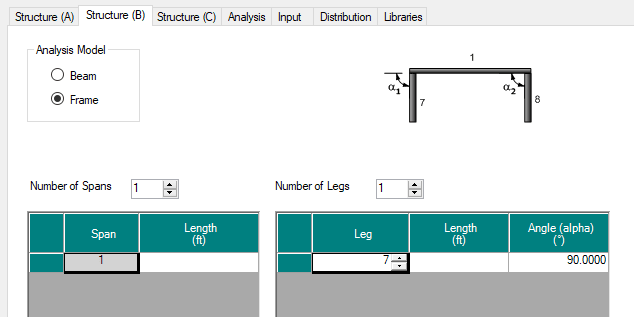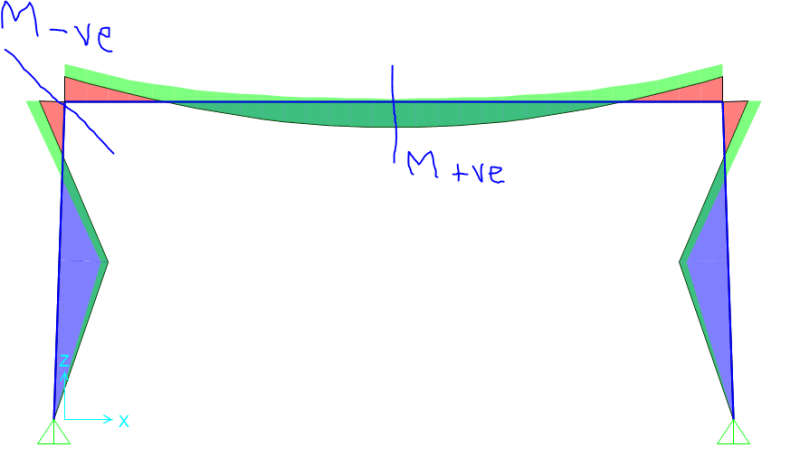tmalik3156
Structural
- Jun 21, 2021
- 101
Hello
I am looking for guidelines/example calculations of Rigid Frame Bridges. So far I have found only two ancient books (Hayden, PCA). If anyone can name textbooks, or provide links to online resources, I will highly appreciate it.
I am looking for guidelines/example calculations of Rigid Frame Bridges. So far I have found only two ancient books (Hayden, PCA). If anyone can name textbooks, or provide links to online resources, I will highly appreciate it.

![[idea] [idea] [idea]](/data/assets/smilies/idea.gif)

